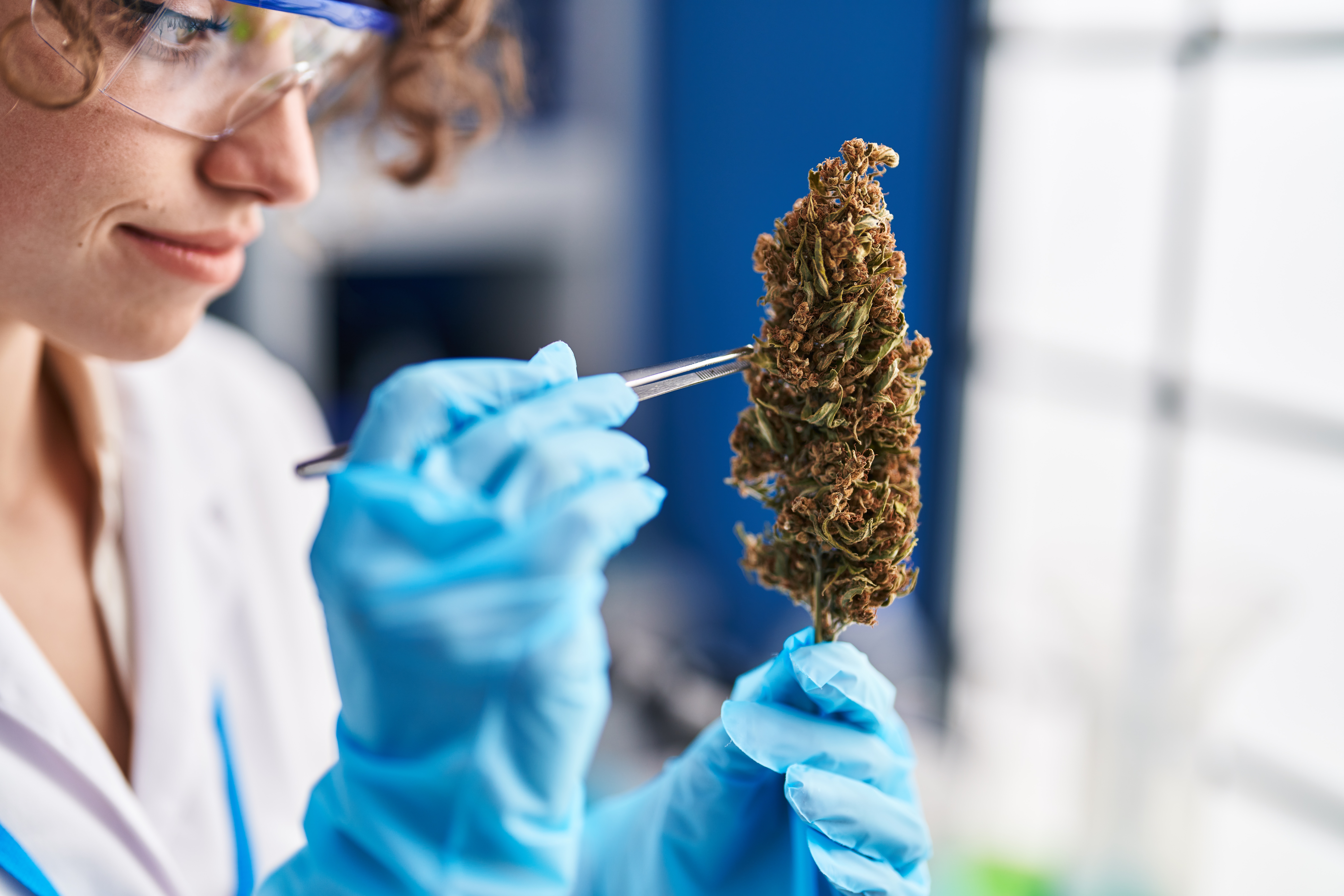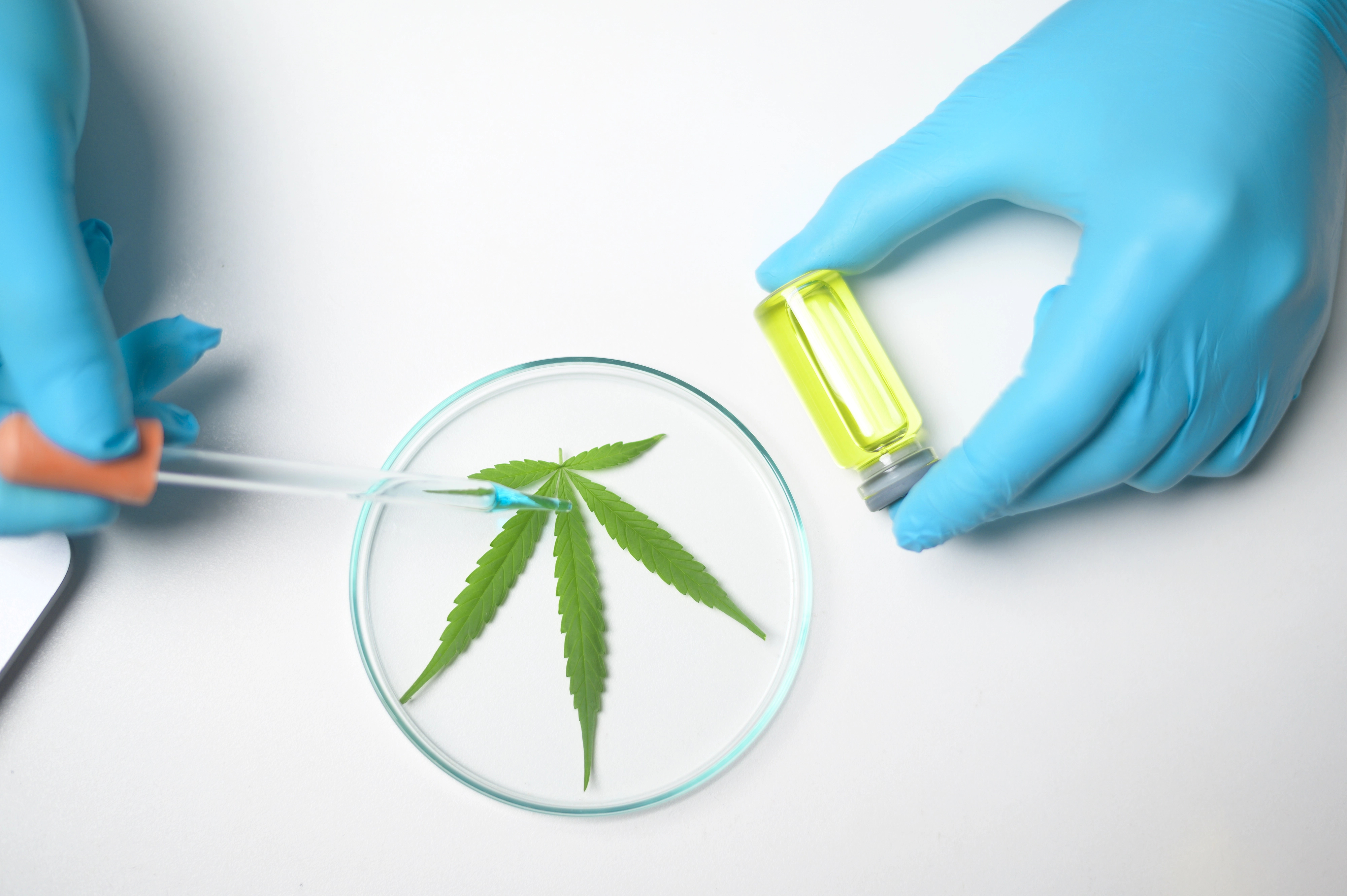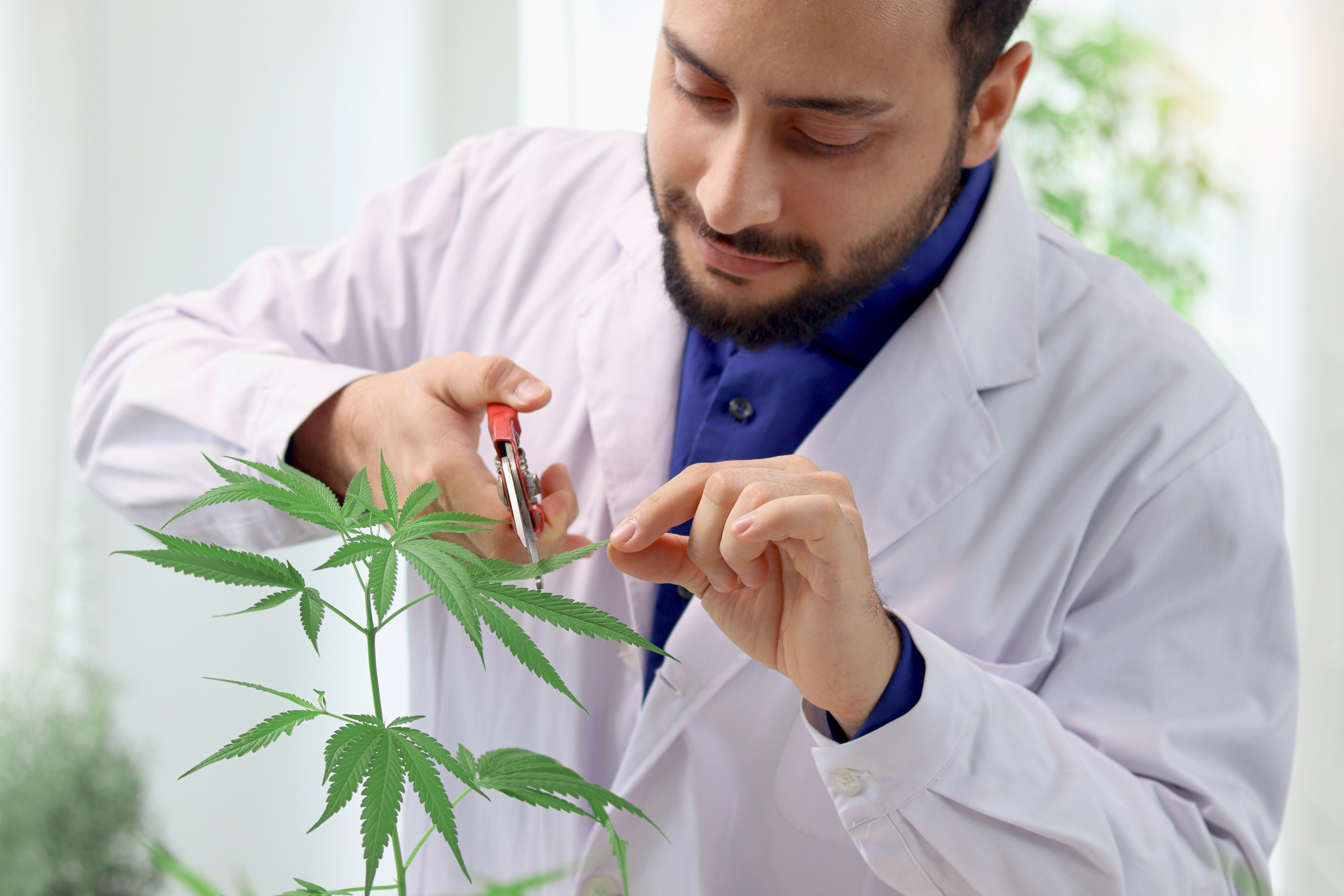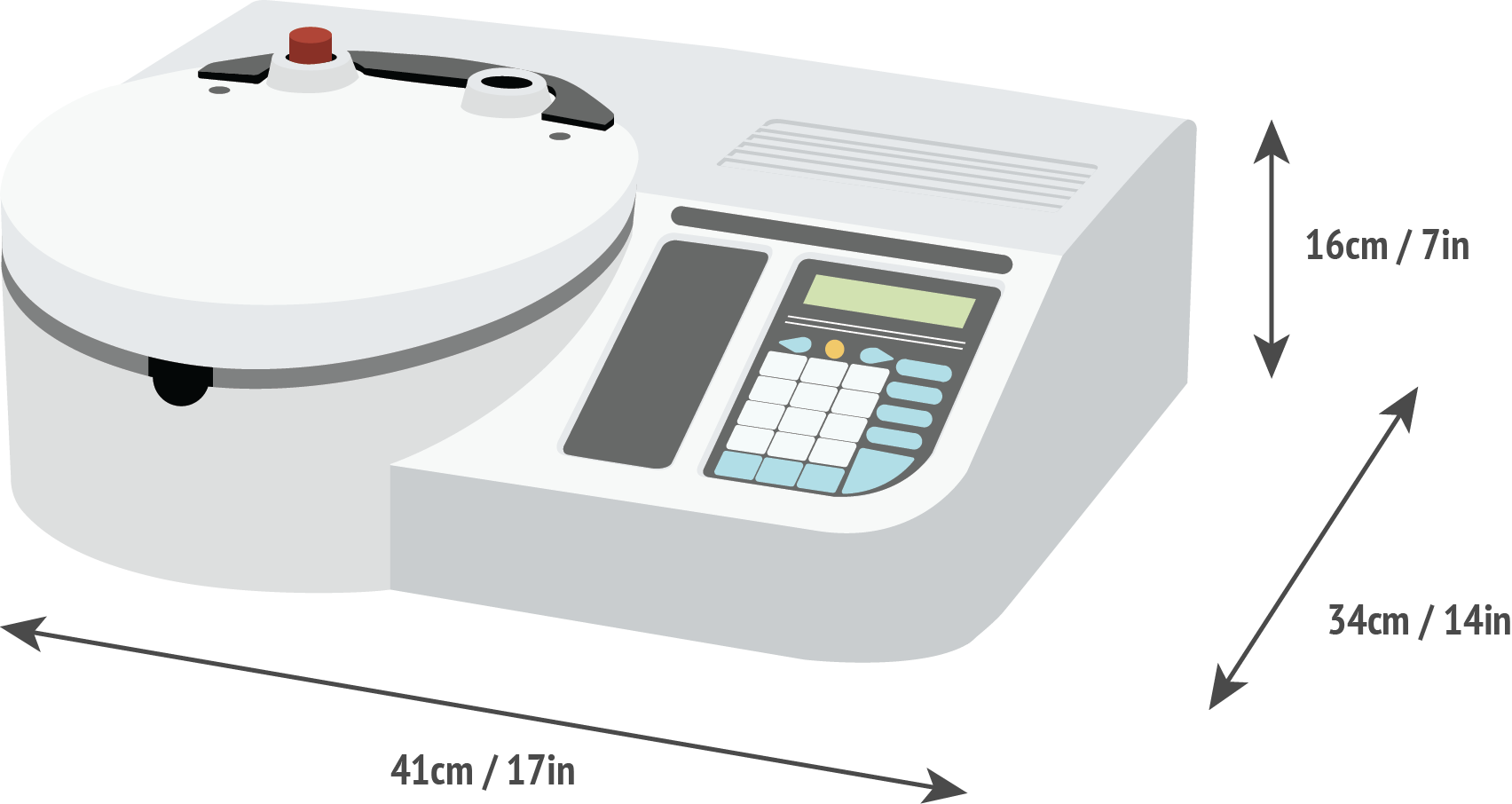Residual Solvents are an issue
During cannabis extraction, hydrocarbon gases and organic solvents such as butane, propane, ethanol, or acetone are often used to isolate essential oils for medicinal products. If these solvents are not fully removed, trace amounts can remain in the final product as residual solvents.
Residual solvents pose health risks when inhaled or ingested, particularly for patients with compromised immune systems. Even small amounts can accumulate in oils, extracts, or vape products. Residual solvent testing ensures that products meet safety standards, protecting consumers and demonstrating compliance with regulatory requirements.

Making residual solvent testing more accessible
Rather than relying on multi-step workflows or large-footprint instruments, Our solution offers a streamlined, cost-effective approach for cannabis & hemp labs needing high-sensitivity solvent detection without complex workflows.
Contact us now to discuss your challenges.
Why Residual Solvent Testing Matters
Residual solvents are categorised based on toxicity:
• Class 1 (e.g. benzene): carcinogenic, must be detected at trace levels (ppb)
• Class 2 (e.g. methanol, toluene): lower toxicity but still tightly regulated
GC-FID ensures these compounds remain below permissible thresholds, especially important for protecting medicinal cannabis patients.

Regulatory Compliance
Testing aligns with international standards such as ICH Q3C and USP <467>. In the UK, MHRA compliance often requires validated solvent testing as part of product release. GC-FID is a widely accepted method for achieving this.

Product Quality & Reputation
Routine solvent screening supports:
- Batch-to-batch consistency
- Solvent-free claims
- Stronger QC and brand assurance

Full Analytical Methods
This is more than just hardware Ellutia provides fully developed methods to help you hit the ground running.
What’s included:
- Defined retention times for key solvents (e.g. ethanol, butane, acetone)
- GC temperature programming and split flow conditions
- Ready-to-use method files via Ellution software
- Use of standard vials, crimp caps, and injection accessories
- Compatible with manual or automated sampling

Our Analytical Solution
GC
Ellutia’s 200 Series GC is designed for reliable detection of residual solvents in cannabis or hemp products. It supports manual injection and is compatible with optional autosamplers. Designed to detect even low-ppb levels of volatile organics, they combine accuracy, reliability, and ease of use in a compact footprint.

Headspace
Residual solvent analysis in cannabis extracts is typically carried out using headspace sampling. In this approach, the volatile solvents are driven into the gas phase and then analysed by the GC.
Ellutia offers two options to suit different workflows:
-
A manual headspace sampler — a cost-effective solution for labs running lower sample volumes or those just starting with in-house solvent analysis.
-
A range of automated headspace autosamplers — ideal for higher-throughput environments where efficiency and reproducibility are critical.
This flexibility allows producers and testing labs to choose the setup that best matches their throughput needs while maintaining reliable detection of residual solvents.

Key Features:
-
Supports manual injection, with optional integration of third-party autosamplers
-
High-sensitivity FID detection for volatile solvents
-
Compatible with Class 1, 2, and 3 solvent types
-
Methods for cannabis extracts and distillates
-
Space saving design that is ideal for scaling labs

About us
At Ellutia, we understand that staying compliant with residual solvent limits in cannabis or hemp products can be complex. Whether you're testing extracts, distillates, or edibles, each product type brings its own challenges, from managing diverse solvents to setting up reliable workflows.
The problem is, conventional testing often involves time-consuming sample prep, manual injection steps, and inconsistent results, especially when accuracy at low levels is critical.
With deep experience supporting cannabis labs worldwide, we believe there’s a better way. That’s why we’ve developed solutions that simplify residual solvent analysis
Ready to discuss your cannabis or hemp testing needs?
Visit our blog posts
3 min read
What is CBD?
Ellutia: Jul 30, 2025
2 min read
Why Accurate Potency Testing in Medicinal Cannabis Matters — And How Labs Get It Right
Ellutia: Jul 7, 2025


